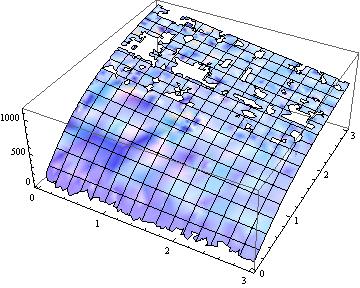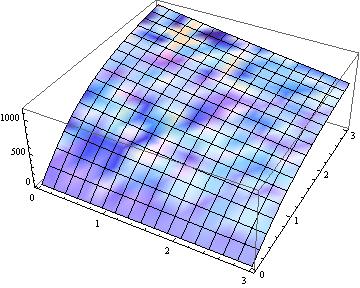I don't agree. If I do on my system (Mma 7) Dan's code in the form
DanLichtblau =
Integrate[
Sqrt[196 - x^2 - y^2], {y, 0, ((-a)*e + e*Sqrt[196 + 196*e^2 - a^2*e^2])/(1 + e^2)}, {x, a + y/e, Sqrt[14^2 - y^2]},
Assumptions -> {0 < a < 14, e > 0}];
I get (after quite a while) an expression (which is not a ConditionalExpression. Obviously this is unknown to my stoneage version of Mathematica) "DanLichtblau" which represents the analytical solution to the integral under consideration.
Anyhow it gives a picture quite similar to Mariusz result .
Plot3D[DanLichtblau /. {a -> aa, e -> ee}, {aa, .01, 3}, {ee, .01, 3}]

Taking into account that immaginary numbers (with tiny imaginary parts) occur,
Plot3D[Re[DanLichtblau /. {a -> aa, e -> ee}], {aa, .01, 3}, {ee, .01, 3}]
is much better

Anyhow, there is a difference between the expression Dan has posted above and my result of his code:
In the leading factor my sytem gets a denominator like
12 (1 + e^2)^(7/2)
Note the exponent 7 / 2 compared to 3 / 2 in Dan's post. What is the reason?
And indeed, if you use the output given by Dan the plot (Plot3D) looks completely different.